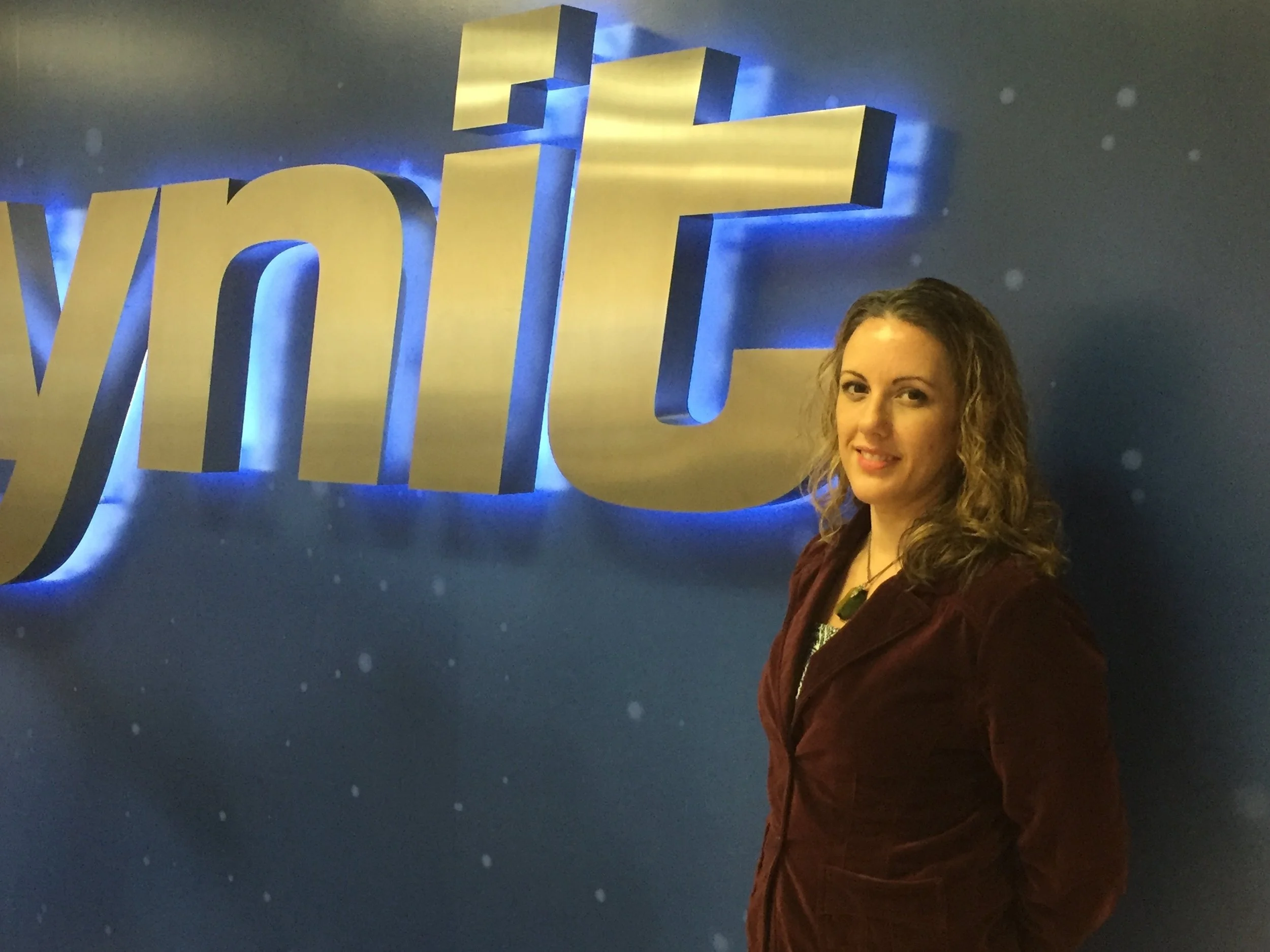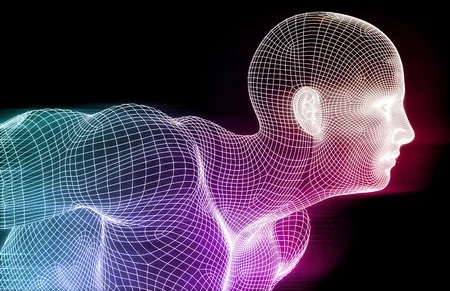Under the CES bigtop with Wynit
What has the potential to change life, health and work?
By Laura Haight
Originally published as the Digital Maven column, Upstate Business Journal
What will you get for Christmas next year? With the holiday glow still a warm memory, you probably (maybe hopefully) aren’t already working on your list.
But Sarah Segrest is.
Segrest leads the business development team at Wynit, a leading national distributor of emerging technology and consumer products headquartered in Greenville.
Segrest and her team spent a grueling week at the Consumer Electronics Show (CES) in Las Vegas. “My job is to be very forward thinking in terms of what is the next technology trend or market that makes sense for us,” Segrest explains. And CES is an “immense” incubator of new ideas, innovations and inventions.
The 2017 show seemed more about evolution than revolution with most of the ‘Wow’ coming in new iterations of existing technologies. That evolution is often moving products from geek’s fantasy to the real world.
Virtual Reality
The word “frictionless” pops up a lot in our conversation. Segrest uses it to describe technology that is untethered, less visible and more interconnected. And it is a factor in the current iteration of VR. “We think we’ll see VR morph more into Augmented Reality (AR),” she says. Free from the VR limitations of enclosing and immersing the viewer in the virtual world, AR can provide the same virtual component while allowing you to interact with the real world.
If you’re thinking Pokemon Go and envisioning more people walking into the middle of the street without glancing up from their phones, forget it. “Smart glasses are ultimately the vehicle,” Segrest thinks. So far, she hasn’t seen anything that “anyone would really want on their face” so expect that commercial and business applications will be the vanguard.
AR-enabled glasses are being used by commercial drone operators to maintain a first-person view (FPV), a requirement while flying a commercial drone. But the AR options also enable you to see schematics, maps, navigation, statistics on your drone flight.
The next 12-18 months will be a period of expansion, Segrest expects, so look for performance sports where athletes already use eyewear to be a proving ground. “Cyclists and skiers could be able to see not only where they are going, but where their friends or teammates are, what their speed is, their elevation, temperature, etc.”
Connected Health and Home
Frictionless is a significant factor in the evolution of this segment. Wynit, which reps Fitbit, the leading provider of fitness wearables, sees room for an expansion. “Getting FDA-approved devices that will help manage medical conditions like diabetes and heart disease” are definitely on the horizon as Segrest sees it. These devices could go to either end of the wearable spectrum: Something you don’t see at all, like a patch on your skin or something you show off like a piece of jewelry.
She sees two obstacles to overcome for connected health to make a significant move. First is the inherent mistrust of the data by physicians. Second is moving from information to action. “A lot of these devices give us great data but not always a clear path of what to do with it,” Segrest says, using an example of sleep tracking. There is a lot of emphasis on this now and many studies that support how critical a solid night’s sleep is to your overall health. But do you really need a tracker to tell you when you didn’t sleep well? But what if your device could relate your restlessness to the temperature in the room and tell your thermostat to cool things down? And if data accuracy could be studied and validated, the connected health area can go beyond a snapshot in time to a collaboration with your medical professional that can improve your health care and monitor progress. That’s an area with “a lot of potential and a lot of hurdles.”
The frictionless experience expands when your device senses you are waking up, tells your thermostat to turn up the heat, turns the coffee pot on, opens the blinds, and launches the morning paper on your tablet. It’s a step beyond the voice
That connected “you” from health, activity, to home, is an area with a great deal of opportunity to change the way we live. But “there’s a lot of confusion,” Segrest says, ticking off the uncertainties from Internet of Things (IoT), standards, bandwidth and central problem of security.
Segrest sees “a lot of chaos and confusion” in the IoT segment, but “that’s sort of a natural evolution of technology.” That chaos also presents Wynit with an opportunity. “Can we use our expertise about the category, the technology and industry to clear away some of that chaos, to recommend solutions and help solve the general problems people are looking to solve with that technology?” Eventually, she says, it will get itself sorted out. “But we don’t want to wait until that happens.”
Robotics and Telepresence
Tech writers at CES loved the robots. And Wynit does to, but it is more focused on robotics from an educational perspective, a particular focus. Telepresence robots, for example, enable homebound students to do so much more than view a lesson online. The robots look like a Segue with a tablet, that is the eyes and ears of the remote user, mounted on top. Controlling their mobility remotely, the student can participate in class, ask and answer questions, and go down the hall to lunch with friends.
During Wynit’s headquarters move to Greenville, the company used a robot to help the director of logistics to check in, interact with team members, and participate for actively in meetings.
Although these telepresence robots lack the humanoid features that were also on display at CES, Segrest thinks that’s a good thing. “The more humanoid a robot is, the less trustful we are,” she says. Robotics and its opportunities to expand to everything from senior companion care to connected home security is “a fascinating category.”
This was Segrest’s “seventh or eighth” CES, so she considers herself a “relative newcomer.” Still she has strong views about winners, losers and ultimate objectives. “If it supports and enhances our humanity then it is the most successful. If it replaces it, I feel it will never ultimately succeed.”











